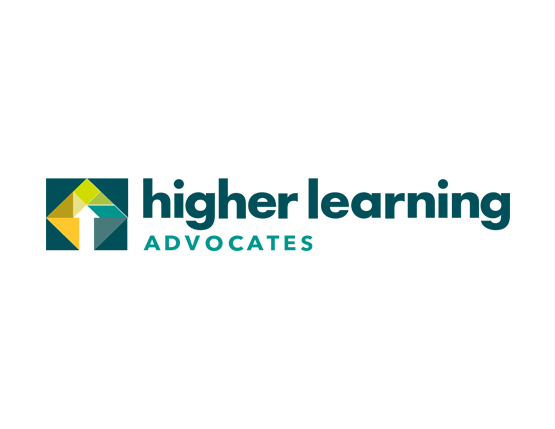In the Media
Access Begins with Affordability
April 18, 2019
By Laura Keane

As an educator, it’s been my privilege to support students investing in their future by attending college. Many students share aspirations of being the first in their family to graduate college and dreams of a fulfilling career and improved financial stability.
A college degree is the surest path available for students from low-income backgrounds to achieve economic mobility. Bachelor’s degree holders earn 84% more and Associate’s degree holders earn nearly one-third more those with only a high school diploma. College graduates are also less likely to need social services or face unemployment, and more likely to own a home, save for retirement, vote, and have jobs with good benefits. Higher education is a private and public good.
Yet, do all students have equitable access to a college degree and the economic opportunities it brings? No, they absolutely do not.
Whether a student will attain a postsecondary degree is primarily determined by their family’s finances and background, not their academic achievement. Only nine percent of young people from the lowest income quartile receive a bachelor’s degree by the age of 24, compared to 77 percent for the top income quartile. A recent EdTrust report demonstrated significant differences in racial degree attainment rates among white (47.1%), Black (30.8%) and Latino (22.6%) adults.
To address these attainment gaps we must expand the definition of access. Access is not only opening the doors to begin a postsecondary degree, but also removing the systemic barriers along the way to completion. At uAspire, we see our students struggle to access and afford higher education—as they try to overcome obstacles to get financial aid, start school and graduate. These affordability challenges throughout their postsecondary journey cause undue stress and can knock students off their path to completion.
Though its intended purpose is to expand access to higher education, the financial aid system too often fails the very students it’s meant to help. It’s unfairly difficult, overly complex (i.e 100 questions on the FAFSA) and burdens low-income students with providing extensive proof of being poor. Roughly half of Pell-eligible FAFSA applicants are flagged for verification, and last year 25% of those selected experienced “verification melt”— the red tape led students to miss out on eligible aid and they were unable to enroll.
When choosing which college to attend, students have to decipher confusing financial aid offers that omit key consumer information. This is where the student debt story begins, a burden that disproportionately affects borrowers of color. Our research shows that aid offers often exclude the itemized costs, lump grants and loans together, and fail to outline next steps to access the aid. Even after students intend to enroll in a college, up to 40% of low-income students don’t start in the fall; they experience “summer melt” due to an inability to cover a surprising bill amount or incomplete summer tasks required to successfully matriculate.
Once students start classes, the accessibility challenges continue. Nearly half of all students who start college fail to finish. Unexpected expenses pile up and it’s not tuition and fees that go unpaid. Textbooks don’t get purchased, or worse, students can’t afford food or housing. Those students financially forced out are in the worst case scenario of debt and no degree. They are most at risk to default on their student loans even despite low borrowing totals.
While the list of barriers is long, there are steps we can take to advance systems change and expand access, whether in practice at institutions or via policies in government.
First, speak up! Build awareness that access to degree completion is decreasingly available to an increasing number of students in our country today. Demand action by institutions and our state and federal governments to make quality higher education accessible to all students and families, regardless of their income level or race. This is urgent business. College costs continue to climb, the purchasing power of the Pell Grant shrinks annually, and our students are increasingly going hungry and homeless in order to attain the degree that remains just beyond their reach.
Second, persuade others that improving access matters, and it matters a great deal. Failing to do so puts our collective national well-being at risk. America’s disappearing middle class is a serious economic issue. Georgetown’s Center for Education and the Workforce predicts that by next year higher education will be required for over two-thirds of jobs, and that the United States will have a shortage of 5 million workers with postsecondary education.
There’s an election around the corner. Let’s mobilize to get higher education access on the agenda. Urge your representatives to put good policies over politics—policies developed with students at the center as the key constituent and consumer. A college degree and the economic opportunities it brings must be affordable to all. Every student deserves an equitable opportunity to succeed.
View original article